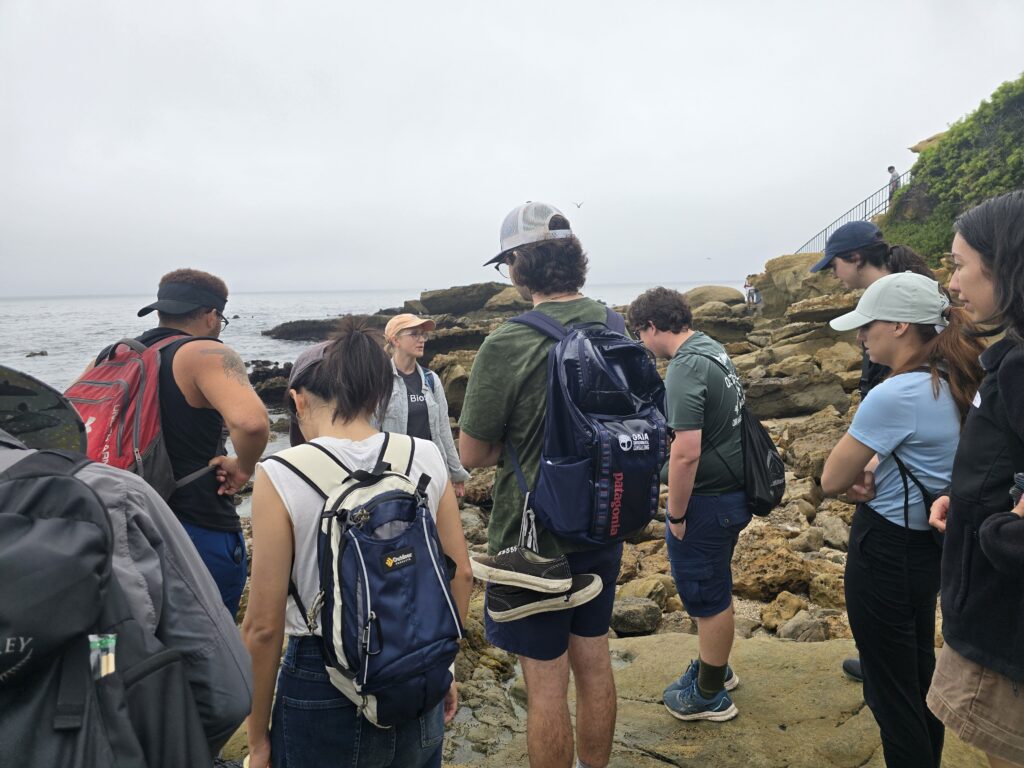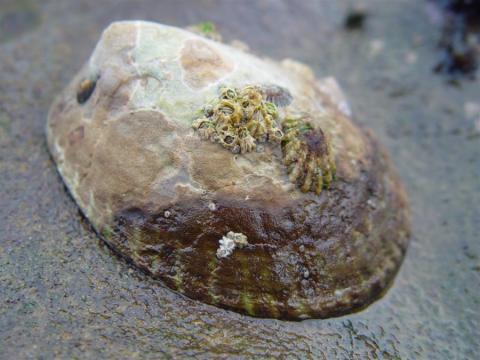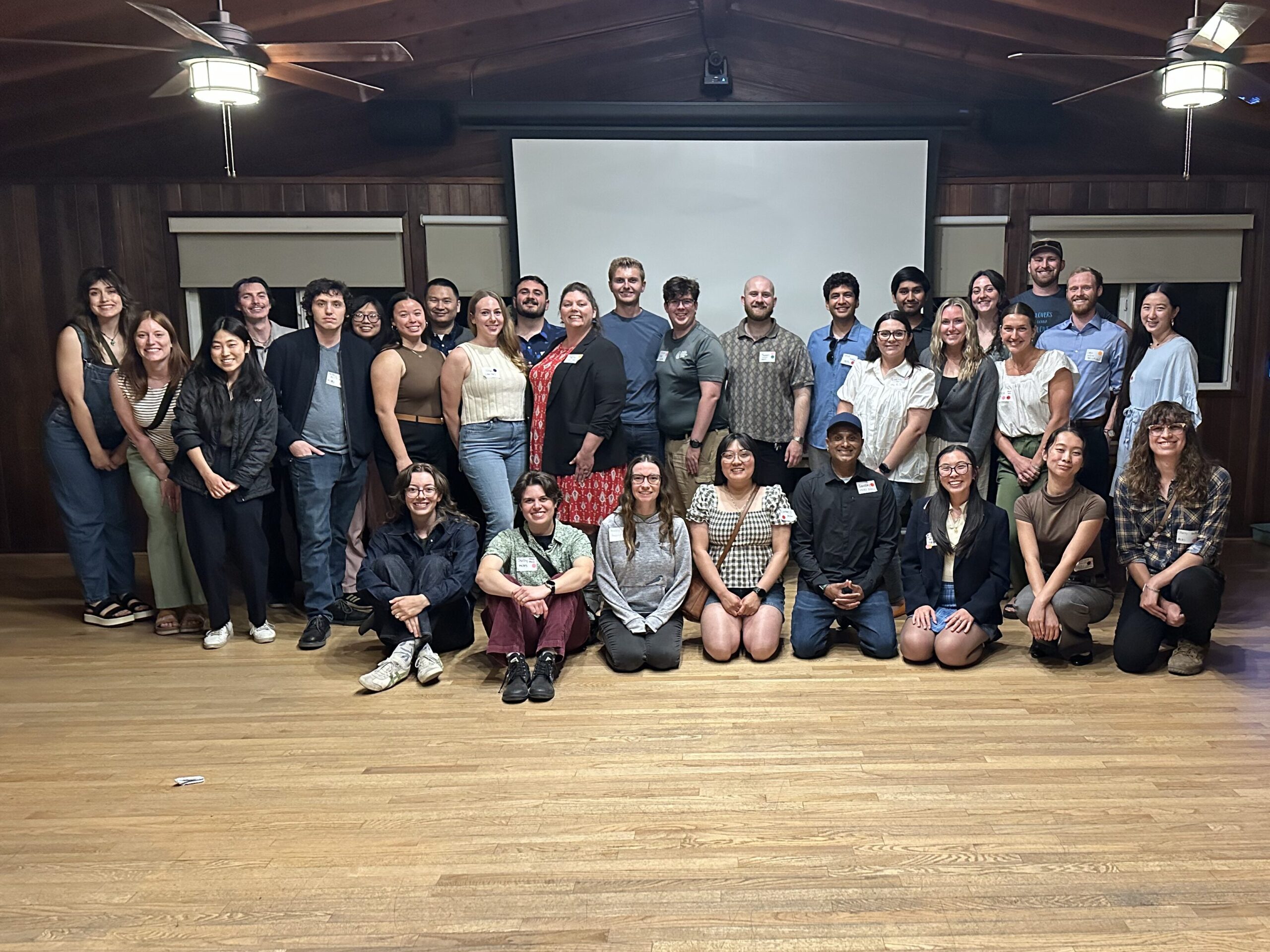Exploring Coastal Ecology with the MCRS Class of 2026
During the first week of the Fall quarter, the MCRS class of 2026 embarked on an exciting field trip to Corona del Mar. The data they collect will be compared to previously collected data at Treasure Cove to investigate the ecological impact of human activity on marine intertidal species. The trip provided an opportunity for students to explore how recreational and harvesting behaviors influence species composition and population dynamics within different coastal environments.
Corona del Mar: A Hub of Human Activity
Corona del Mar, a popular beach destination, served as the first survey site. Its sandy shores and rocky outcrops attract a variety of recreational activities, from swimming and sunbathing to fishing and foraging. However, human interactions with marine life at this site have had unintended ecological consequences. Harvesters often target marine intertidal species, such as limpets, for food or bait, with a clear preference for larger individuals.
Treasure Cove: Protecting Biodiversity in a Marine Protected Area (MPA)
The second site surveyed was Treasure Cove, located within the Marine Protected Area (MPA) of Crystal Cove Conservancy. This site was surveyed by the MCRS class of 2023 cohort. MPAs like this one aim to conserve biodiversity by limiting extractive activities, providing a contrast to the more heavily impacted environment of Corona del Mar. By comparing these two sites, the students gained a deeper understanding of how management practices—such as restricting harvesting—can influence the health and resilience of intertidal populations.
The Ecological Impact of Size-Selective Harvesting
A key focus of the fieldwork was on the anthropogenic influence of harvesting based on the size of marine intertidal species. Many species, including the owl limpet (Lottia gigantea), are targeted for their large muscular foot, which makes them desirable for food and bait. However, harvesting larger individuals has long-term implications, particularly for species with size-driven hermaphroditic life cycles—organisms that change sex as they grow.
Owl limpets, for example, are hermaphrodites that begin life as males and transition to females as they mature. This size-dependent sex change makes them especially vulnerable to size-selective harvesting, which often removes the larger, reproductively mature females from the population. As the largest limpet in North America, capable of growing over 100 mm in shell length, the loss of large individuals severely disrupts their reproductive capacity. Fewer females mean fewer viable offspring, threatening population density and long-term stability.
A Call for Conservation Awareness
The MCRS field trip not only provided students with valuable hands-on experience but also deepened their understanding of marine conservation challenges. Through studying sites like Corona del Mar and Treasure Cove, students are learning how human actions—both intentional and unintentional—can shape marine ecosystems, driving home the importance of protecting vulnerable species like the owl limpet for future generations.
The trip was an excellent kickoff to the Fall quarter, setting the stage for future studies in conservation science. The MCRS class of 2026 is ready to continue their journey of learning, research, and action, committed to creating solutions for the challenges facing our coastal ecosystems.






